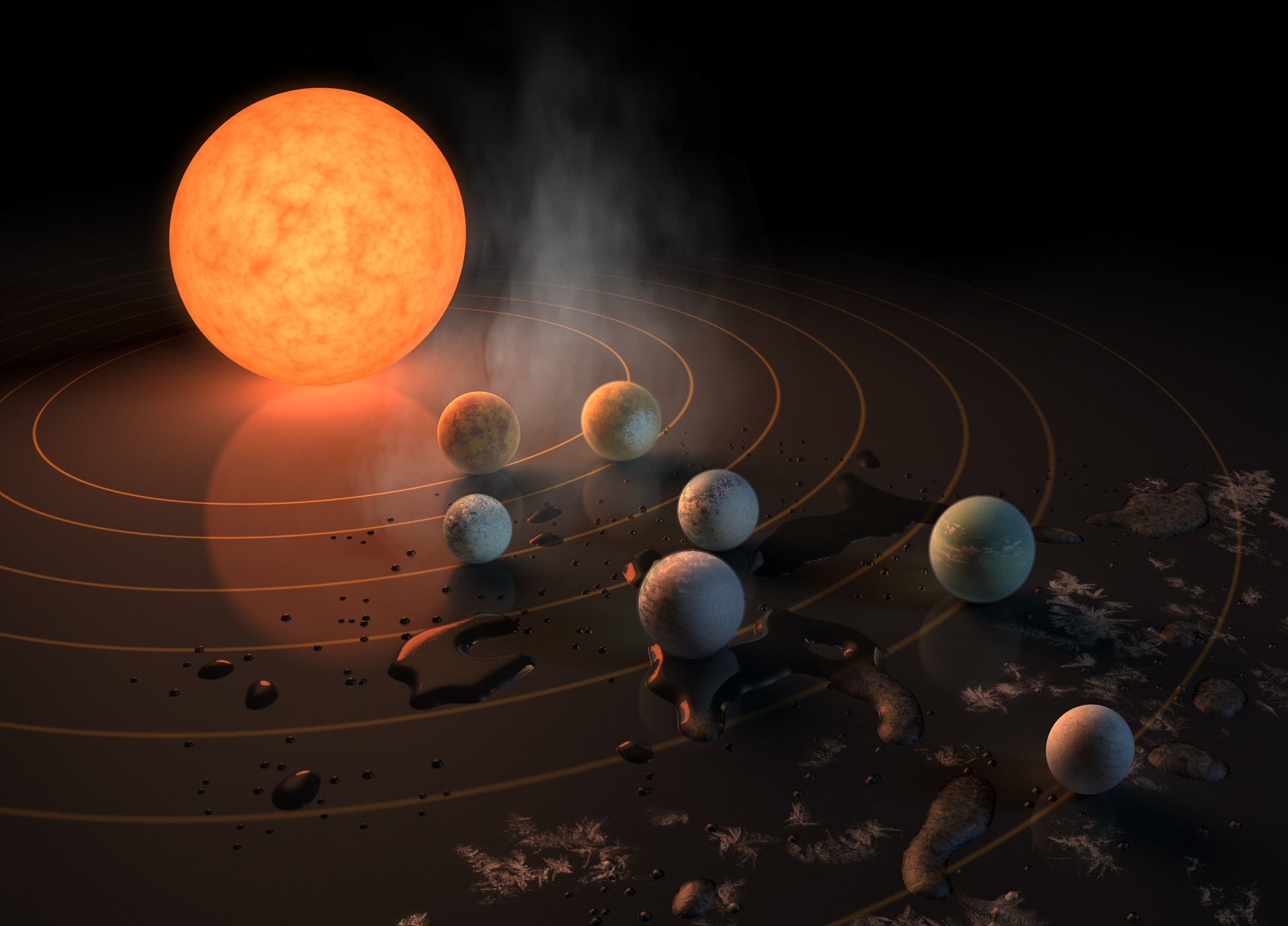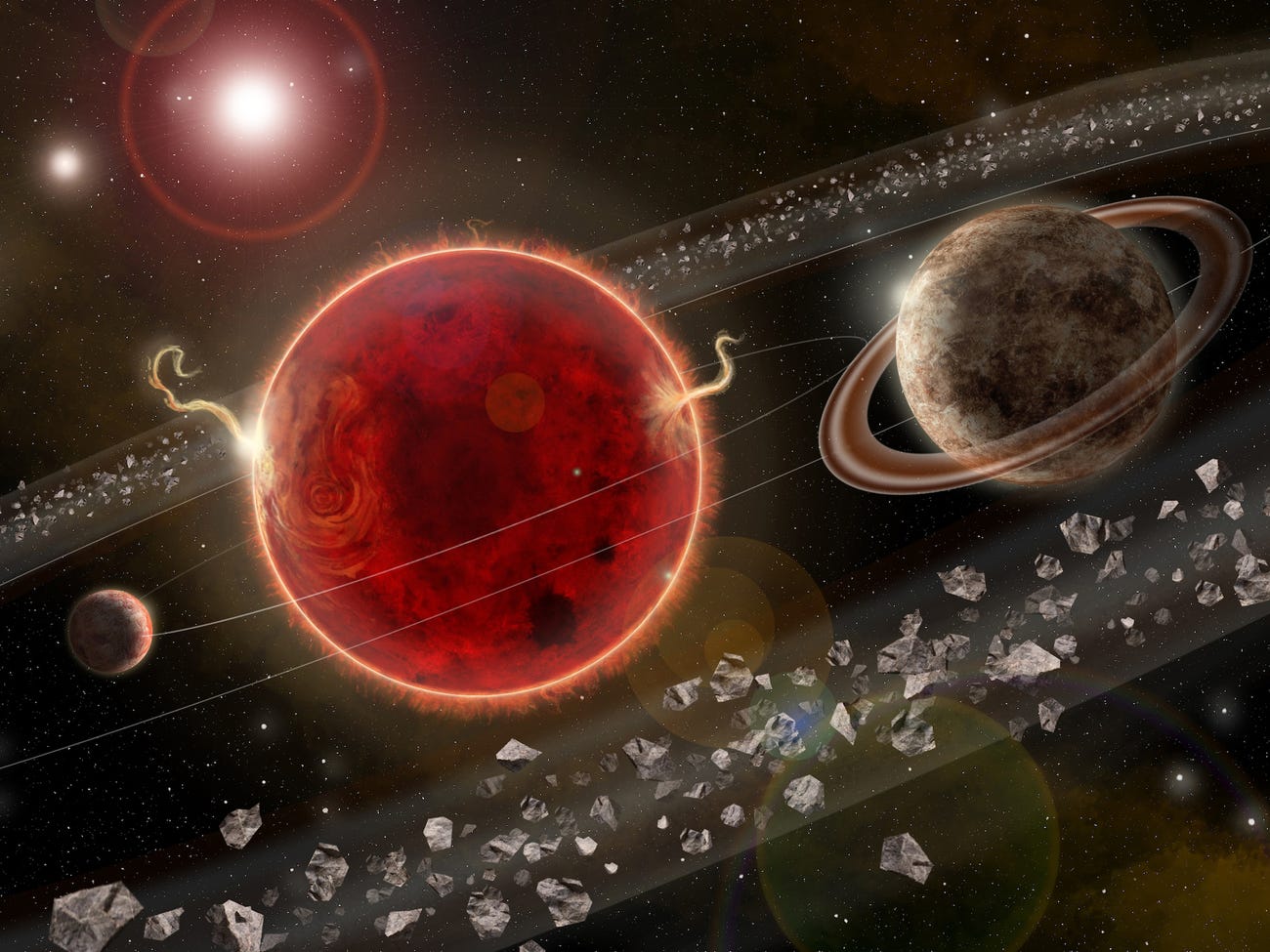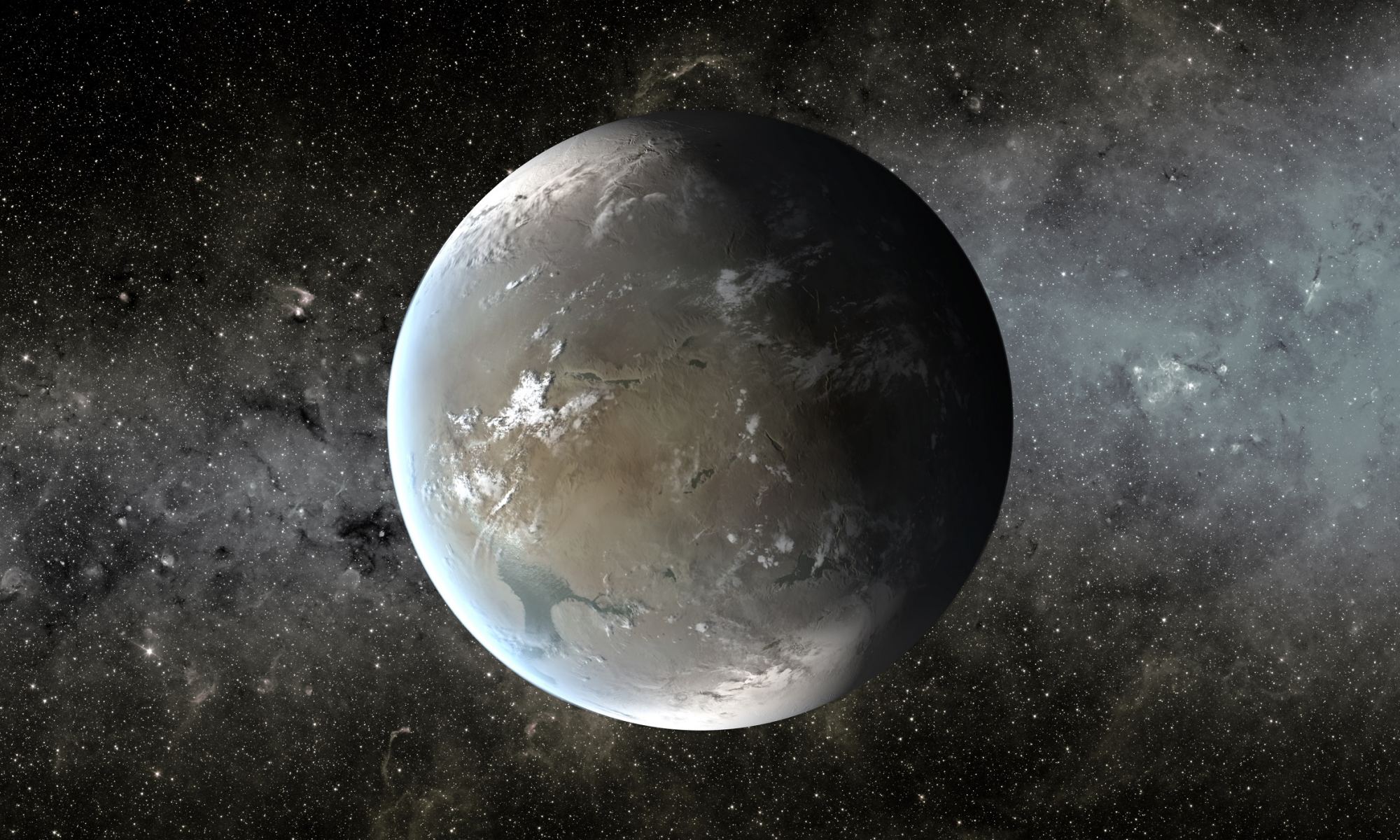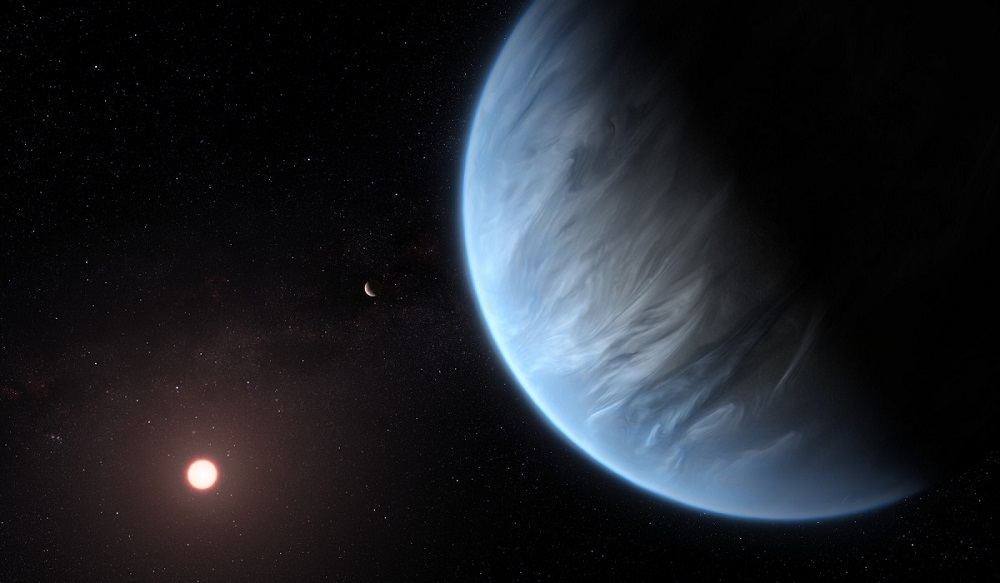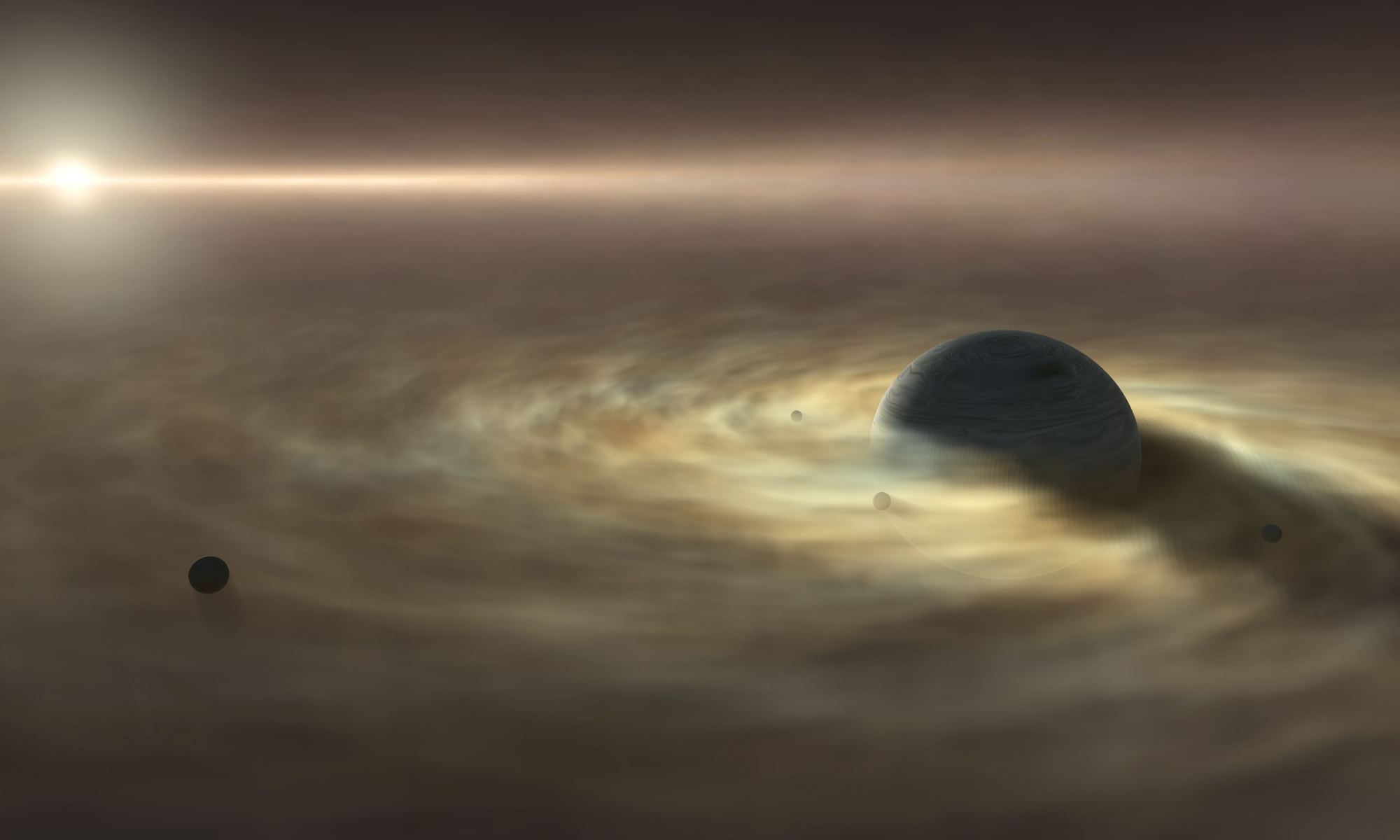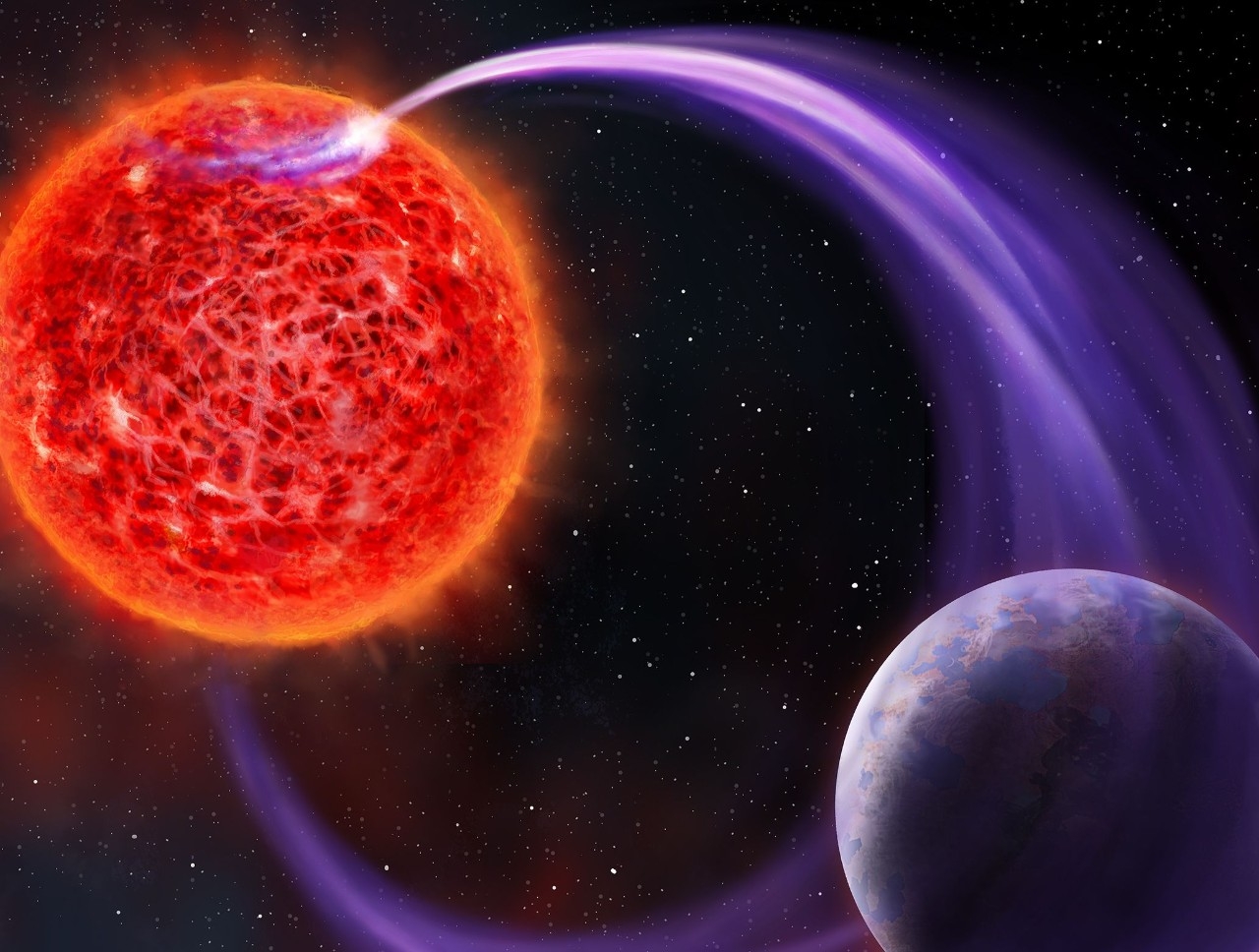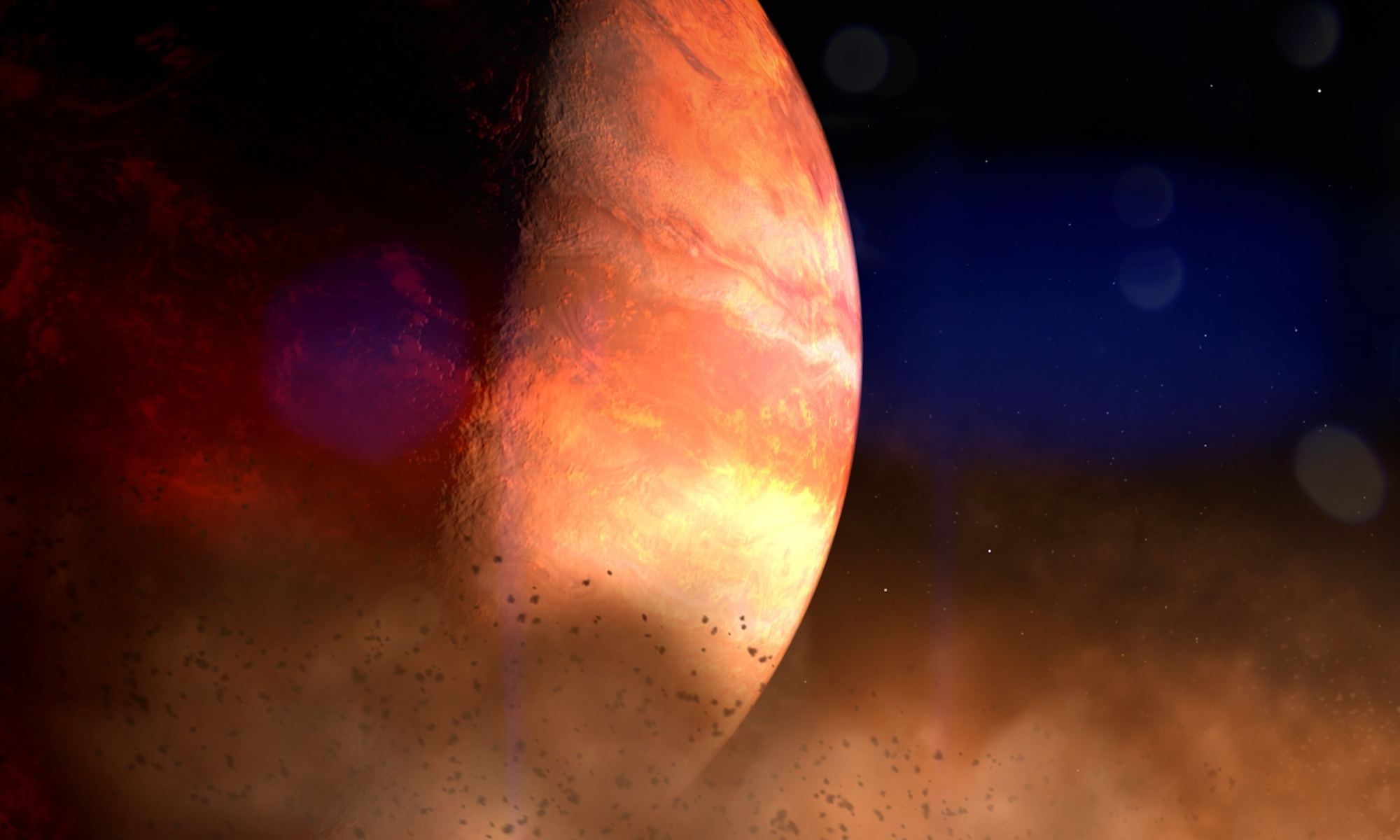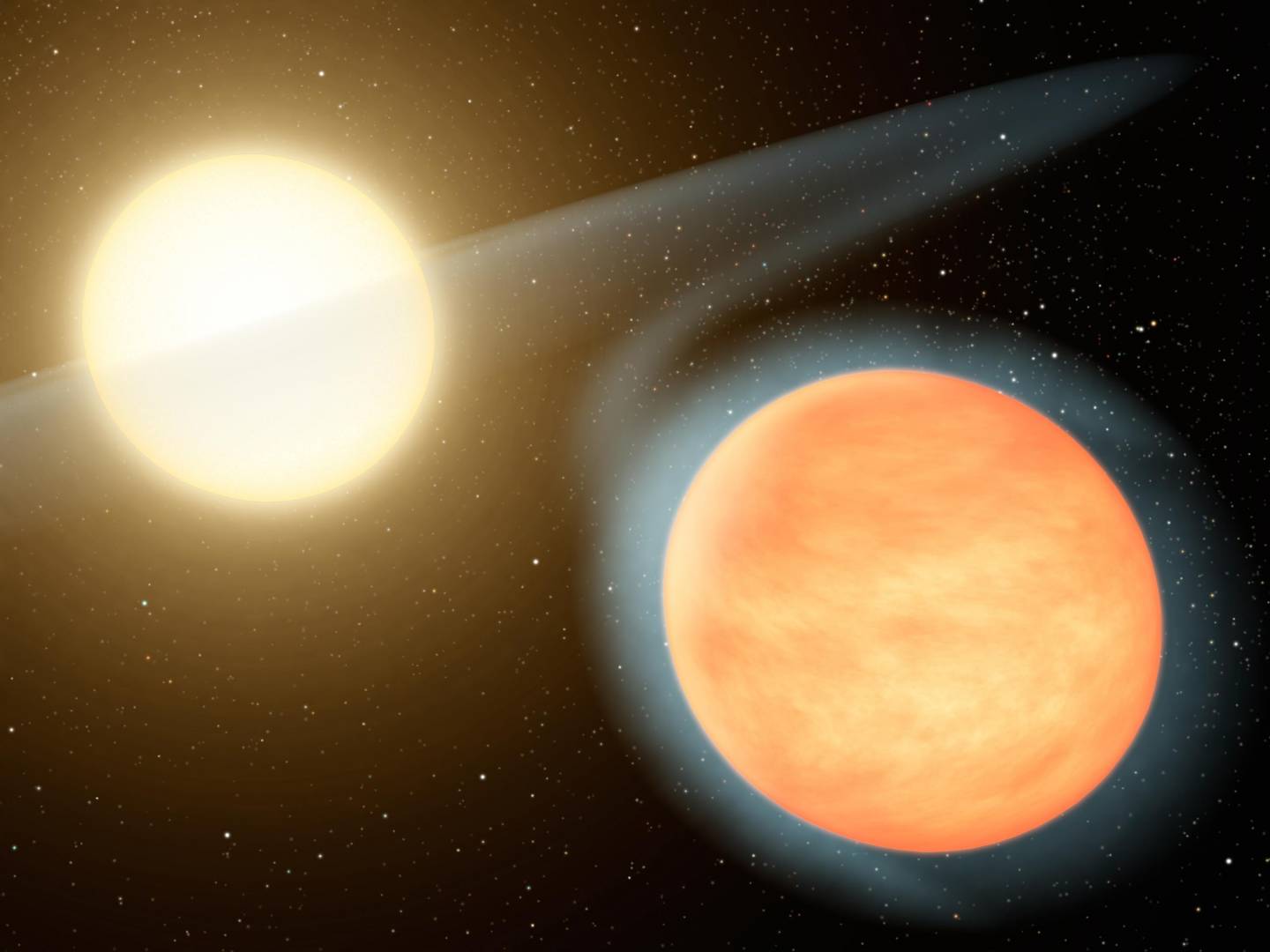To date, astronomers have confirmed the existence of 4,152 extrasolar planets in 3,077 star systems. While the majority of these discoveries involved a single planet, several hundred star systems were found to be multi-planetary. Systems that contain six planets or more, however, appear to be rarer, with only a dozen or so cases discovered so far.
This is what astronomers found after observing HD 158259, a Sun-like star located about 88 light-years from Earth, for the past seven years using the SOPHIE spectrograph. Combined with new data from the Transiting Exoplanet Space Satellite (TESS), an international team reported the discovery of a six planet system where all were in near-perfect rhythm with each other.
Continue reading “Astronomers Find a Six-Planet System Which Orbit in Lockstep With Each Other”
